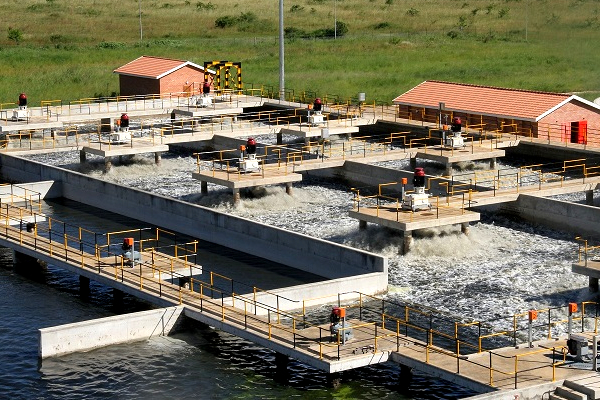
In relation to the provision of wastewater services, Eswatini Water Services Corporation is mandated by the Government of Eswatini to collect, convey, treat and dispose sewage in areas specified in the schedule of the Water Services Act. The provision of waste water services is part and parcel of the environmental conservation management and mitigation practices implemented by the Swaziland Government to help protect the environment and also to improve the quality of life.
Substantial investment on infrastructure developments has been made over the years which includes construction of sewer reticulation networks, efficient and environmentally friendly treatment plants. EWSC currently operates ten (10) Wastewater Treatment Plants, the largest being Matsapha, Nhlambeni and Ezulwini treatment plants. The Corporation complies to environmental standards as defined by the Eswatini Environmental Authority`s (EEA) Water Pollution Control Regulations (2010) when treating and disposing wastewater. Constant monitoring and sampling of the effluents from EWSC`s treatment plants is conducted upstream and downstream of the receiving stream to determine the effects of the effluents.
Any individual/organization within the gazetted areas is eligible to connect to EWSC sewer network as long as the sewer main exists. Application for connection can done at any EWSC Revenue Offices located within the four geographic regions in Eswatini.
Connection can only be done once EWSC has completed a survey to determine the availability of a sewer main within your area and the connection point to the main. Once your property is connected to the public sewerage system (EWSC Sewer Lines), a charge of 90% of the water consumption is levied against the property.
